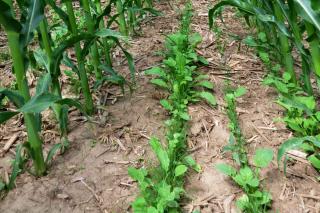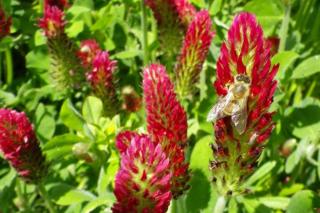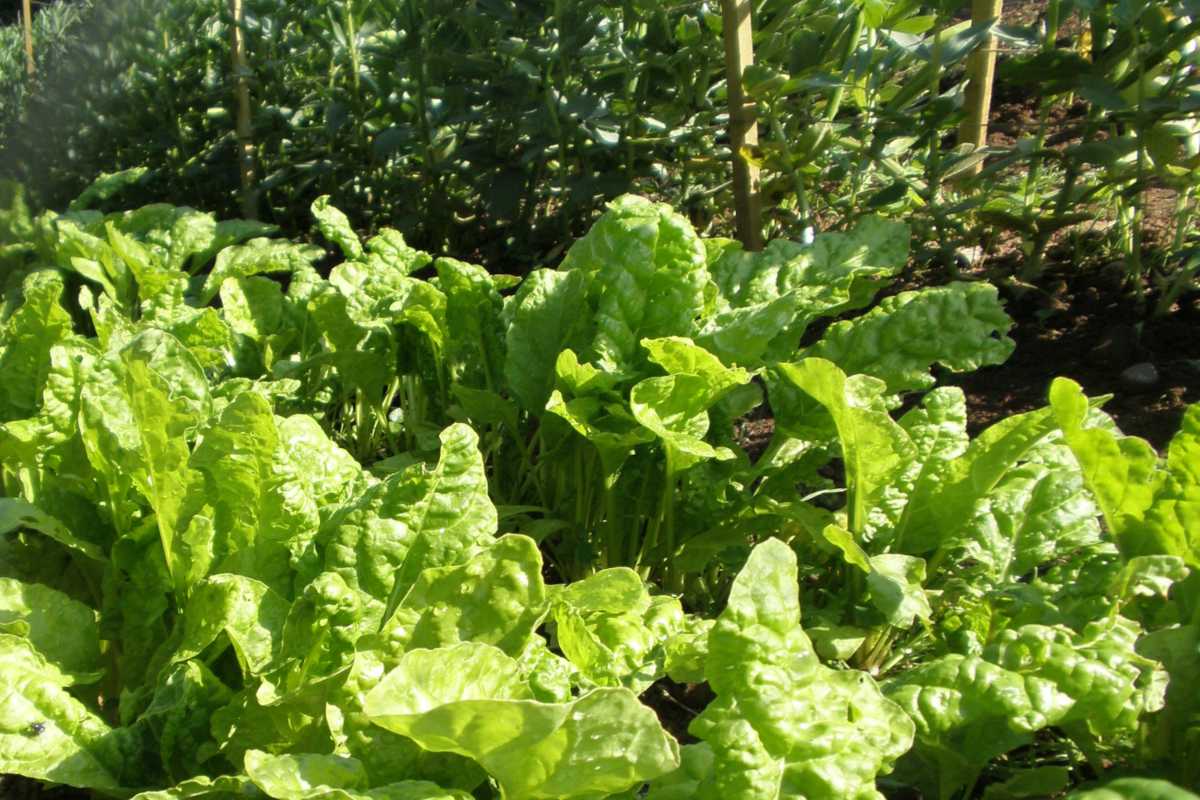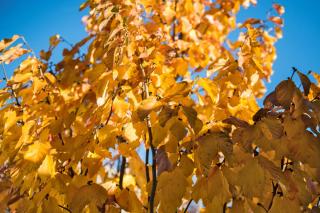Never a day’s rest for the gardener! Summer harvests are in, and now in Autumn plots are prepared for the planting and sowing of winter crops.
As soon as the oldest of your bean stalks stop bearing new pods, cut the stems short and leave the roots in the soil. Their nitrogen-filled nodes will stay in the soil to enrich it, courtesy of the bacteria that helped capture the precious element. Run a flat hoe around to level the ground and plant winter spinach in their stead. As soon as the spinach boast a couple leaves, mulch around the stems with dead dry leaves crushed by running a law mower over them.
Where zucchini used to grow, plant winter lettuce you’ll have sown earlier in September. If winter is mild, they’ll start forming a head in March, if not it’ll be for April or May. Only protect them from the cold if the frost spells get really severe, otherwise you’ll favor rotting.
- Learn more about crop rotation
- Calendars to help organize your garden work
Now for the corn salad!
Starting mid-August, sow fall and winter ‘Golden Orb’, ‘Flat Milan’ and ‘Nancy’ turnip varieties: they won’t suffer from the heat, won’t bolt and will stay soft and tasty without turning bitter. Protect them from cold freezing lower than 14°F (-10°C) with two or three layers of horticultural fleece simply draped atop the leaves. You can start harvesting them around end of October.

Radish and green manure

Read also:
M.-C. H.
CC BY 2.0: Conservation Media Library
CC BY-SA 2.0: Amanda Slater, RDPixelShop





I have a question
Ask my questionI'd like to comment
Post a commentNo comments yet – be the first to share your thoughts!